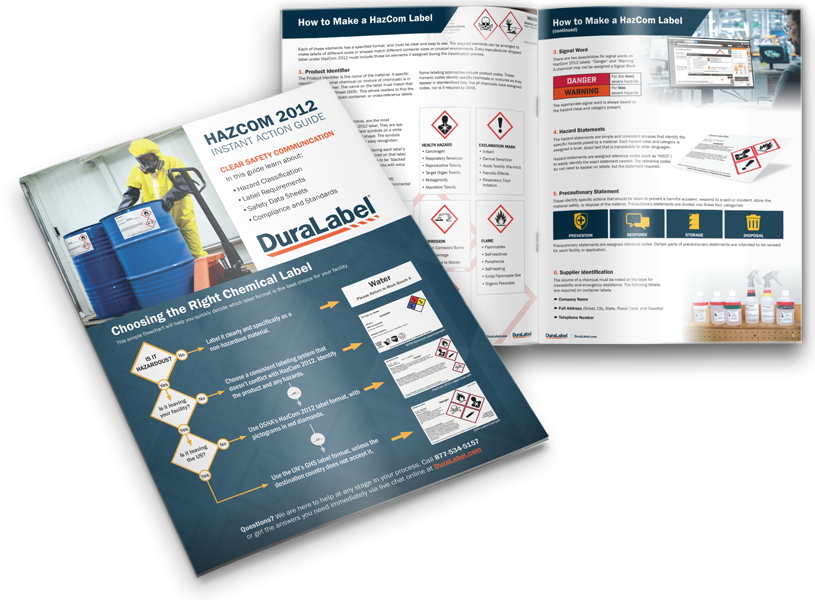
CFR is the abbreviation for "Code of Federal Regulations." CFR 49 ? Transportation, contains nine volumes that cover all forms of surface transportation and transportation security, including: pipelines; railroads, both passenger and freight railways, waterways; cars, trucking, and highways. The nine volumes are:
- 49 CFR Subtitle A ? Office of the Secretary of Transportation
- 49 CFR Volume 1 ? Subtitle A ? Office of the Secretary of Transportation (1-99)
- 49 CFR Subtitle B ? Other Regulations Relating To Transportation
- 49 CFR Volume 2 - Pipeline and Hazardous Materials Safety Administration, DOT (100-177)
- 49 CFR Volume 3 - Pipeline and Hazardous Materials Safety Administration, DOT (178-199)
- 49 CFR Volume 4 - Federal Railroad Administration, DOT (200-299)
- 49 CFR Volume 5 - Federal Motor Carrier Safety Administration, DOT (300-399)
- 49 CFR Volume 6 - Coast Guard, Department of Homeland Security (400-499)
- 49 CFR Volume 7
- National Highway Traffic Safety Administration, DOT (500-571)
- Federal Transit Administration, DOT (600-699)
- National Railroad Passenger Corporation (AMTRAK) (700-799)
- National Transportation Safety Board (800-899)
- 49 CFR Volume 8 - Surface Transportation Board, DOT (1000-1399)
- 49 CFR Volume 9
- Research and Innovative Technology Administration, DOT (1400-1499)
- Surface Transportation Board, DOT (1500-1699)
Within 49 CFR there are 338 parts. The numbers in parenthesis above are the range of part numbers available for use within that section.
49 CFR Transportation ? Dangerous Goods
The Office of the Federal Register National Archives and Records Administration published 49 CFR in book form. That book contains 907 pages. Yes, there are a lot of regulations in 49 CFR, so any summary can only look at a small part of this CFR.
Important parts of CFR 49 are the regulations covering the transportation of dangerous goods. According to the Federal Motor Carrier Safety Administration (FMCSA) 49 CFR 171 covers the transportation of hazardous materials in commerce, and:
- Their offering to interstate, intrastate, and foreign carriers by rail car, aircraft, motor vehicle, and vessel.
- The representation that a hazardous material is present in a package, container, rail car, aircraft, motor vehicle, or vessel.
- The manufacture, fabrication, marking, maintenance, reconditioning, repairing or testing of a package or container which is represented, marked, certified, or sold for use in the transportation of hazardous materials.
This means that both those transporting hazardous materials in commerce, as well as those offering hazardous materials to be transported, are subject to these regulations.
49 CFR 171.2(a) states:
No person may offer or accept a hazardous material for transportation in commerce unless that person is registered in conformance with subpart G of Part 107 of this chapter, if applicable, and the hazardous material is properly classed, described, packaged, marked, labeled, and in condition for shipment as required or authorized...
Four words are underlined in the above paragraph: person, offer (sometimes stated as the shipper), accept, and commerce. These are four key words because they define who is subject to the 49 CFR regulations ? all people who ship (offer), or transport (accept) hazardous materials in a commercial transaction.
Are there any exceptions to this?
Even Federal Agencies, including the Department of Defense, are considered those that "offer" when they ship hazardous materials by commercial carriers.
A government agency may use their own transportation to move a hazardous material. In that case the agency is considered a commercial carrier, and the shipment is subject to 49 CFR. What this means is that all shipments of hazardous materials, whether by rail, truck, or pipeline, are regulated by 49 CFR.
The only time a shipment of hazardous material is not covered by 49 CFR is when the military ships hazardous materials using their own vehicles. However, even those may still be subject to state regulation as a result of regulations governing the use of state and local roads.
49 CFR Transportation ? Hazardous Material (HM) Registration
When hazardous materials are being transported, a Hazardous Materials Safety Permit (HMSP) must be obtained prior to transportation of any of the following:
- A highway route controlled quantity of a Class 7 (radioactive) material;
- More than 25 kg (55 lbs.) of a Division 1.1, 1.2, or 1.3 (explosive) material in a motor vehicle, rail car, or freight container;
- More than 1 liter per package of a material extremely poisonous by inhalation;
- A hazardous material in a bulk packaging that has a capacity of 3,500 gallons or more for liquids or gases, or more than 468 cubic feet for solids;
- A shipment, in other than bulk packaging, of 5,000 pounds or more of one class of hazardous material, for which the transport vehicle requires placarding;
- Any quantity of materials requiring placarding.
Communicate messages efficiently. Use our free OSHA Safety Signs guide as a handy reference to get started. Download below.
Related Resources

Canadian TDG Labeling
The Canadian Transportation of Dangerous Goods (TDG) Act requires that containers holding dangerous materials ...
Read
Improper Hazardous Material Shipping is Costly
Every year, there are a list of companies that fail to properly ship hazardous material. Lapses in safety ...
Read
Avoid Costly Mistakes When Shipping Hazardous Materials
Companies fail to meet basic hazardous materials shipping requirements every year. Recently, a Columbus ...
Read.png)





